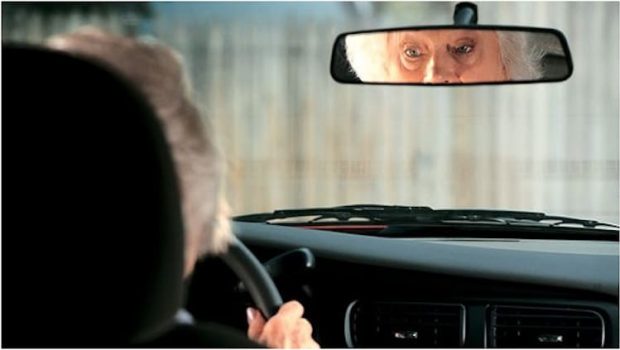Technology that Aids Older Drivers at Intersections Could Cut Crashes
https://www.ispeech.org/text.to.speech
Initially, autonomous vehicles were touted as a way to help seniors remain independent, even though it may not be prudent for them to drive anymore.
While we’re still years away from that kind of self-driving scenario, advanced driver assistance technologies have made great strides in keeping drivers safer. In fact, the Insurance Institute for Highway Safety’s latest study shows advanced driver assistance technology could help cut senior driver crashes by a third.
“Left-turn assist and other, upcoming intersection-assistance technologies could deliver big safety benefits for drivers in their 70s and 80s,” said IIHS Research Associate Aimee Cox, who authored the study.
Targeted constituency
The number of older drivers in the U.S. is growing rapidly because Americans are living longer and retaining their licenses later in life. That raises safety concerns, as drivers in their 70s and 80s are at a greater risk of certain types of crashes and more prone to severe injuries and fatalities than younger people. Age-related declines in their vision and cognitive abilities make left-turn crashes more common, for example.
Many semi-autonomous driving features are designed to help the greatest number of features. But with one of the original goals of keeping older drivers on the road longer while making it safer for them to do so, some new technologies have emerged.
Intersection-assistance features, which are newer and less well known, could offer older drivers more help, the data showed. Those options were potentially relevant to 32% of older driver crash involvements, 38% of older driver injuries and 31% of older driver fatalities.
They could also have big safety benefits for middle-aged drivers, as they were relevant to more than a fifth of all crashes for that age group.
“These results should spur efforts to roll these technologies out to consumers as rapidly as possible,” said Jessica Cicchino, IIHS vice president of research.
Lack of familiarity
One issue standing the way is the lack of understanding of the technology — and that it’s even available. Some brands, like Kia offer a left-turn assist style technology (also for the right side) where it shows live video of the street side of the vehicle in the direction you’re turning so the driver can determine if they’ve got enough room to complete the turn.
Left-turn assist and other upcoming intersection-assistance features are probably less familiar, IIHS noted. It uses a camera and other sensors to detect oncoming vehicles when the driver signals a left turn, warning against proceeding if the software determines a collision is likely.
Vehicle-to-vehicle connectivity, which is still on the horizon, would enable similar, more sophisticated features.
Another planned feature called intersection movement assist would allow vehicles to warn drivers of possible collisions with others approaching a crossroads from multiple directions at various speeds and with different intentions.
For middle-aged drivers, the data showed that intersection-assistance technologies as a group could be relevant to some 650,000 crashes per year as well as more driver injuries than any of the other features covered in the study.
However, intersection-assistance features would be relevant to far fewer middle-aged driver fatalities than lane departure prevention — which is designed to address run-off-road, sideswipe and head-on crashes.








Gloss